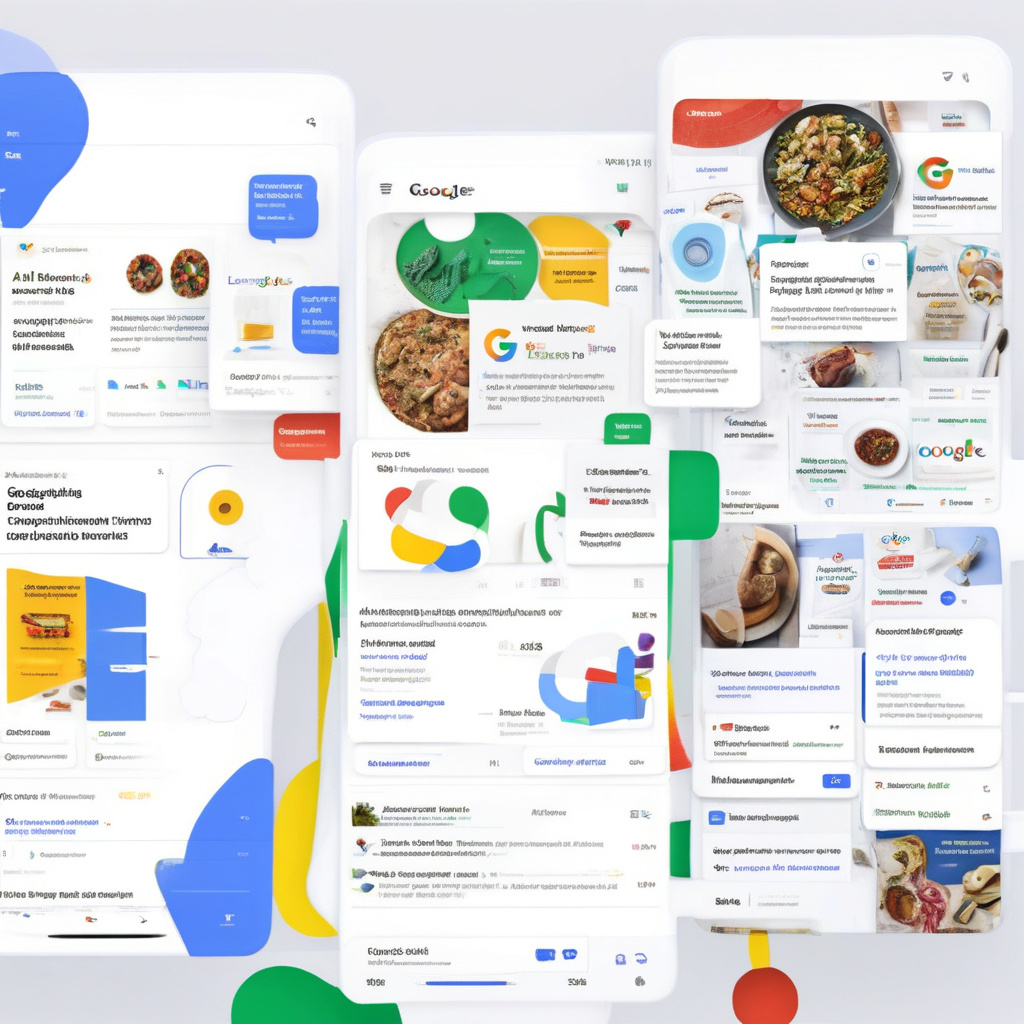Google Ads AI Vs. Third-Party AI Tools: Comparison For Google Ads Creatives
In the ever-competitive landscape of digital marketing, the use of artificial intelligence (AI) has become a game-changer. When it comes to Google Ads creatives, the choice between Google’s built-in AI tool and third-party AI solutions can significantly impact campaign performance. But how do these options stack up against each other in crucial creative tasks?
Google Ads’ AI tool offers seamless integration within the platform, providing convenience and ease of use for marketers. It leverages Google’s vast data resources to automate tasks such as ad creation, targeting, and bidding. The AI analyzes user behavior and trends to optimize ad performance in real-time, making adjustments to improve click-through rates and conversions.
On the other hand, third-party AI tools bring a different set of capabilities to the table. These tools often offer more advanced features and customization options compared to Google’s native AI. For example, some third-party solutions allow for A/B testing of creatives on a granular level, providing deeper insights into what resonates best with the target audience.
One of the key differences between Google Ads’ AI and third-party AI tools is the level of control and transparency they offer. While Google’s AI operates within the platform’s constraints, third-party tools may provide more visibility into the decision-making process behind ad optimizations. This transparency can be crucial for marketers looking to understand the rationale behind AI-driven recommendations.
Moreover, third-party AI tools are not limited to Google Ads alone. They can often be integrated with other advertising platforms, providing a holistic view of campaign performance across channels. This cross-platform compatibility allows for unified data analysis and optimization strategies, leading to more cohesive and effective marketing campaigns.
When it comes to creative tasks such as ad copywriting and design, both Google’s AI and third-party solutions have their strengths. Google’s AI excels in generating ad variations at scale and testing them in real-time, making it ideal for marketers looking to streamline the creative process. However, third-party tools may offer more advanced creative insights, such as sentiment analysis and image recognition, that can help tailor ad content to specific audience segments.
In conclusion, the choice between Google Ads’ AI and third-party AI tools ultimately depends on the specific needs and goals of a marketing campaign. While Google’s AI provides a convenient all-in-one solution, third-party tools offer more advanced features and customization options for marketers looking to take their creatives to the next level. By weighing the pros and cons of each option, marketers can make an informed decision that maximizes the impact of their Google Ads campaigns.
#GoogleAds #AI #Creatives #DigitalMarketing #CampaignOptimization
